Bell tents have stood the test of time—and the elements. While they may evoke nostalgic charm, these circular canvas shelters are far from outdated. In fact, they remain one of the most stable and wind-resistant camping options available today.
So, can bell tents really handle strong wind? The short answer: yes—with the right setup and a bit of preparation.
🏕️ Why Bell Tents Are Built to Withstand Wind
Bell tents are based on traditional single-pole designs, used for centuries by explorers, nomads, and adventurers in some of the world’s harshest environments. Their circular structure, heavy-duty canvas, and sturdy guy rope system combine to create a tent that’s surprisingly wind-resilient.
1. The Strength of Circular Design
The circular shape of a bell tent isn’t just aesthetic—it’s functional. Wind flows around the tent rather than hitting one flat side, reducing pressure on the structure. This improves stability in turbulent weather.
Early polar explorers, including Roald Amundsen, favoured similar circular tents on expeditions—proof of their wind-handling capabilities in extreme environments.
2. Heavy-Duty Canvas Makes a Difference
Unlike lightweight nylon tents, bell tents are constructed with thick, breathable canvas. This extra weight stops flapping and makes the tent far less prone to collapsing or shifting in the wind.
3. Built-in Stability Features
With their central support pole, tensioned guy ropes, and durable pegs, bell tents are stable by design. When pitched properly, they can comfortably handle strong winds with minimal movement or noise.
💡 Practical Tips to Improve Bell Tent Wind Resistance
We've done camping in a cheap flimsy pop up tent and we have also experienced really high winds while sleeping in Bell Tents (both our own and other brands) and trust us... you can notice the difference! While bell tents are inherently wind-resistant, a few proactive steps can significantly boost their performance in poor weather:
🏞️ 1. Use Natural Shelter
Set up near natural windbreaks such as hills, hedges, or tree lines (with caution—avoid spots directly under trees to reduce the risk of falling branches). Orient the entrance away from the prevailing wind.
🪵 2. Add a Windbreaker
Portable windbreaks can be positioned outside your tent to shield it from gusts. These also make excellent additions to outdoor cooking areas or provide privacy while relaxing.
🪢 3. Tighten Guy Ropes Effectively
Ensure all guy lines follow the angle of the roof and are pegged securely. For extra strength:
• Replace standard guy ropes with heavy-duty lines and wooden sliders
• Check tension daily, especially if it’s been rainy or windy
• Re-tighten if ropes are loosened by movement or campers walking into them
🔩 4. Double Peg in Windy Areas
Where possible, use double pegs or heavier-duty stakes in vulnerable points—particularly around the entrance and windward side.
🪨 5. Weigh It Down From Within
The more weight inside, the more grounded your camping tent will feel. Beds, furniture, and gear all help. If travelling light, strategically place clean stones or logs around the base for extra anchoring.
🏗️ 6. Reinforce the Central Pole
For extra peace of mind, reinforce the centre pole using:
• A secondary pole taped alongside
• Zip ties or fasteners for extra support
• A rubber buffer or base plate to reduce slipping on slick surfaces
🛡️ Bell Tents: Tried, Tested & Trusted
From festival fields to glamping retreats and stormy coastal pitches, bell tents continue to prove their worth. When properly pitched and cared for, they offer a stable, secure, and weather-ready shelter—no matter what the wind throws at you.
✅ Bell Tent Wind-Proofing Checklist
✔ Choose a sheltered pitch
✔ Tighten all guy lines
✔ Upgrade to heavy-duty ropes & pegs
✔ Use a windbreak if needed
✔ Add internal weight (beds, gear)
✔ Reinforce centre pole
📣 Thinking of Buying or Upgrading a Bell Tent?
Explore our guides on choosing the best bell tent for UK conditions, or browse accessories like windbreaks, heavy-duty pegs, and reproofing kits to future-proof your setup.


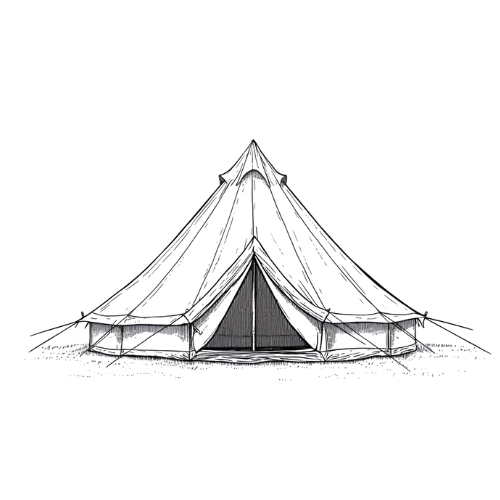 Canvas Bell Tents
Canvas Bell Tents Bell Tent Accessories
Bell Tent Accessories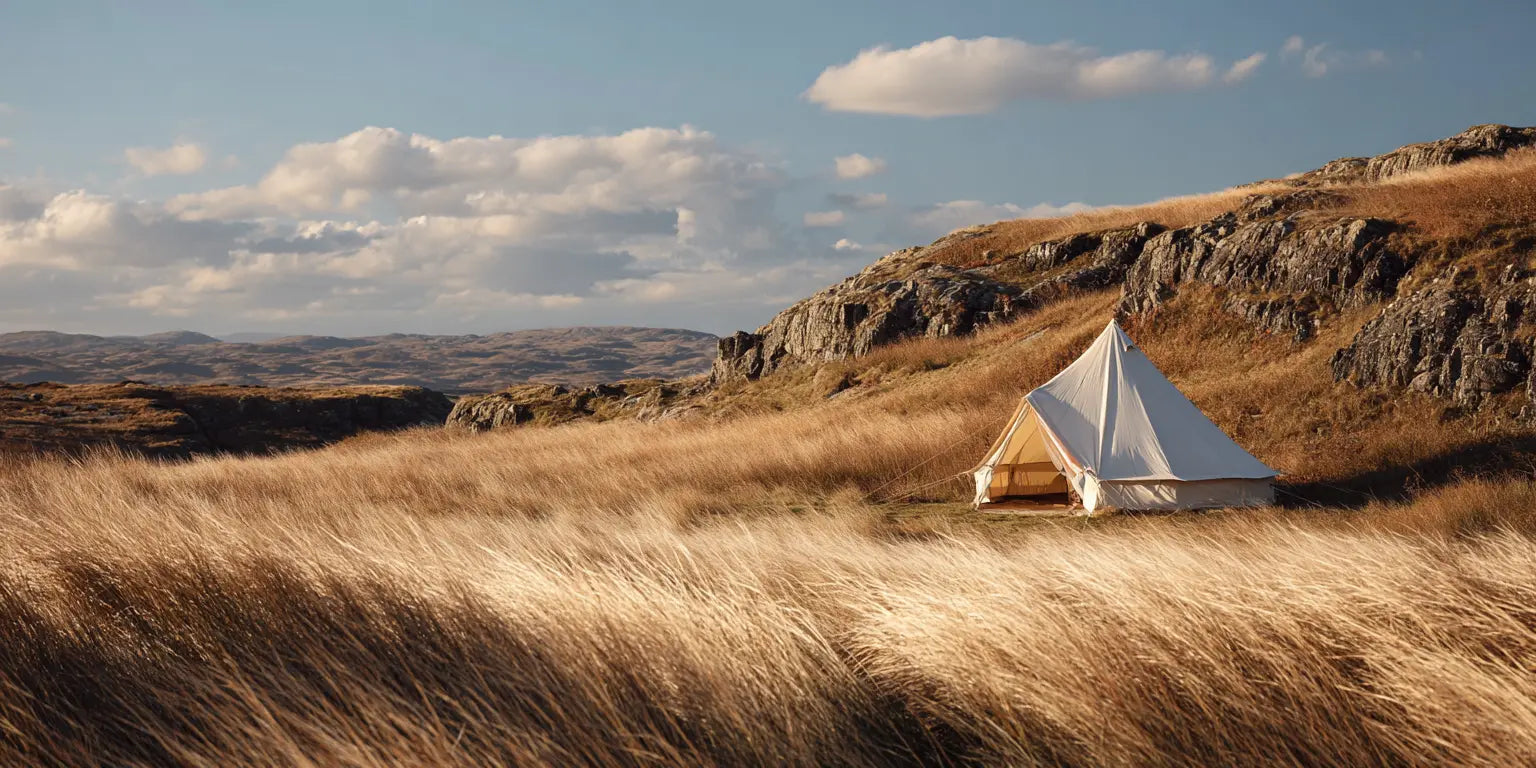
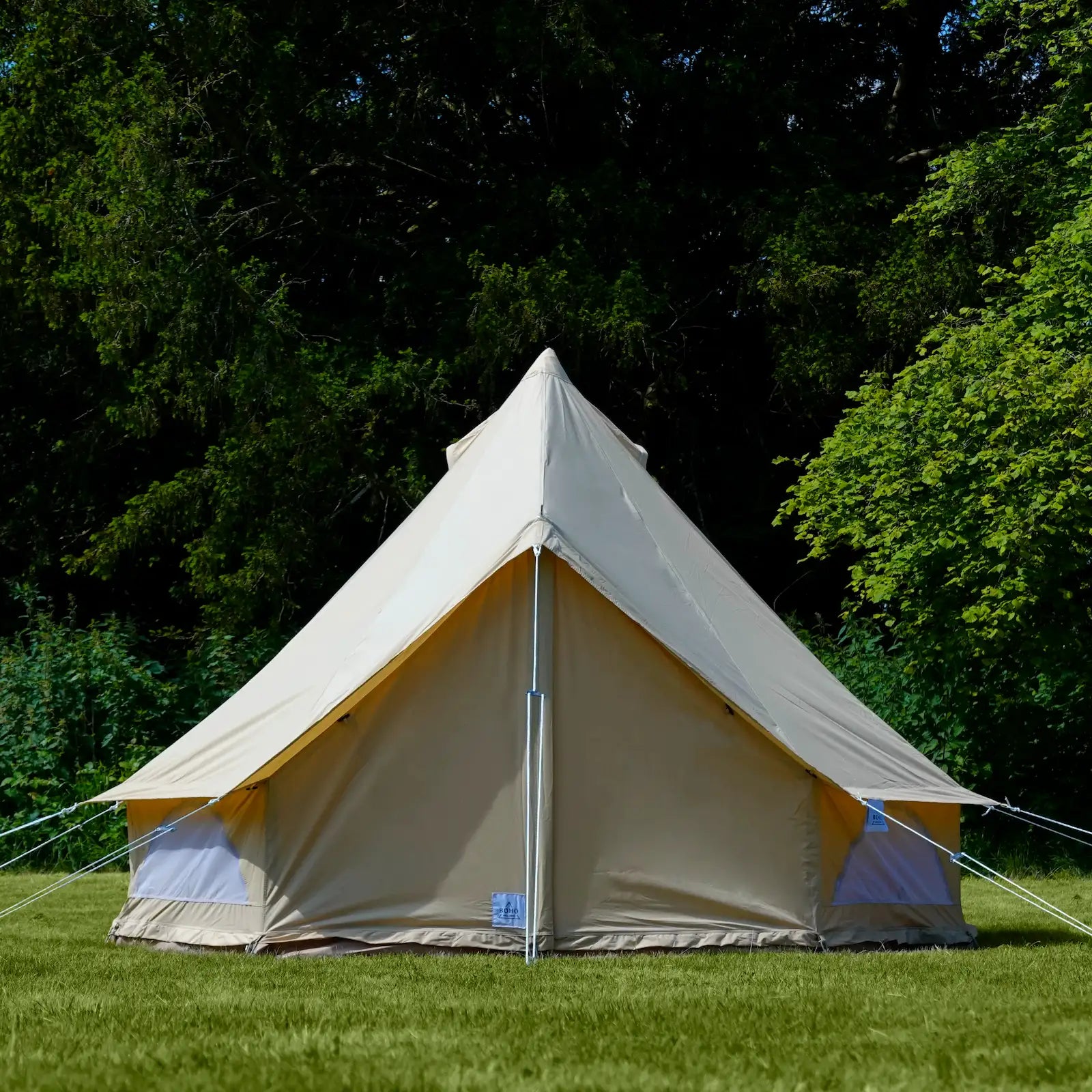

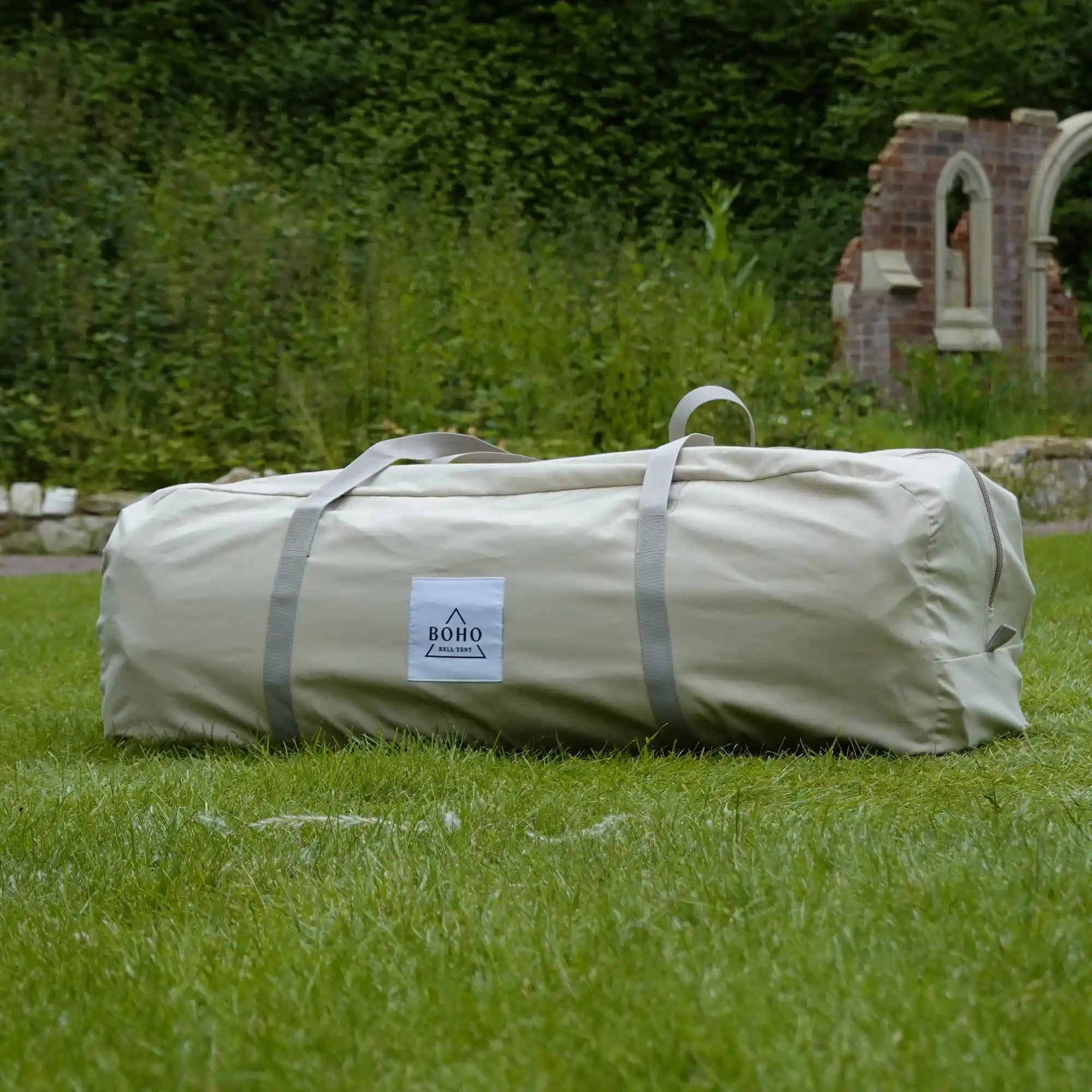
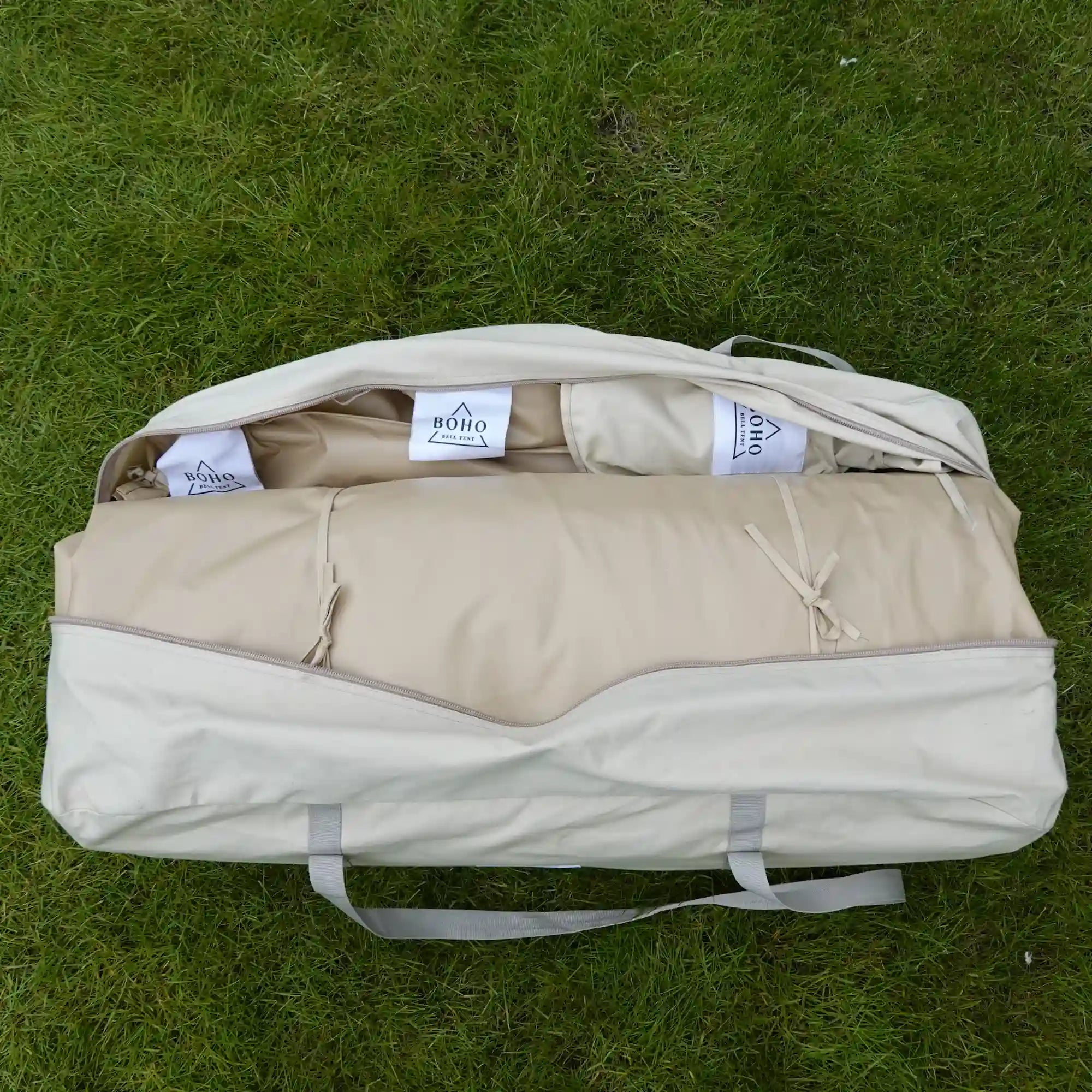
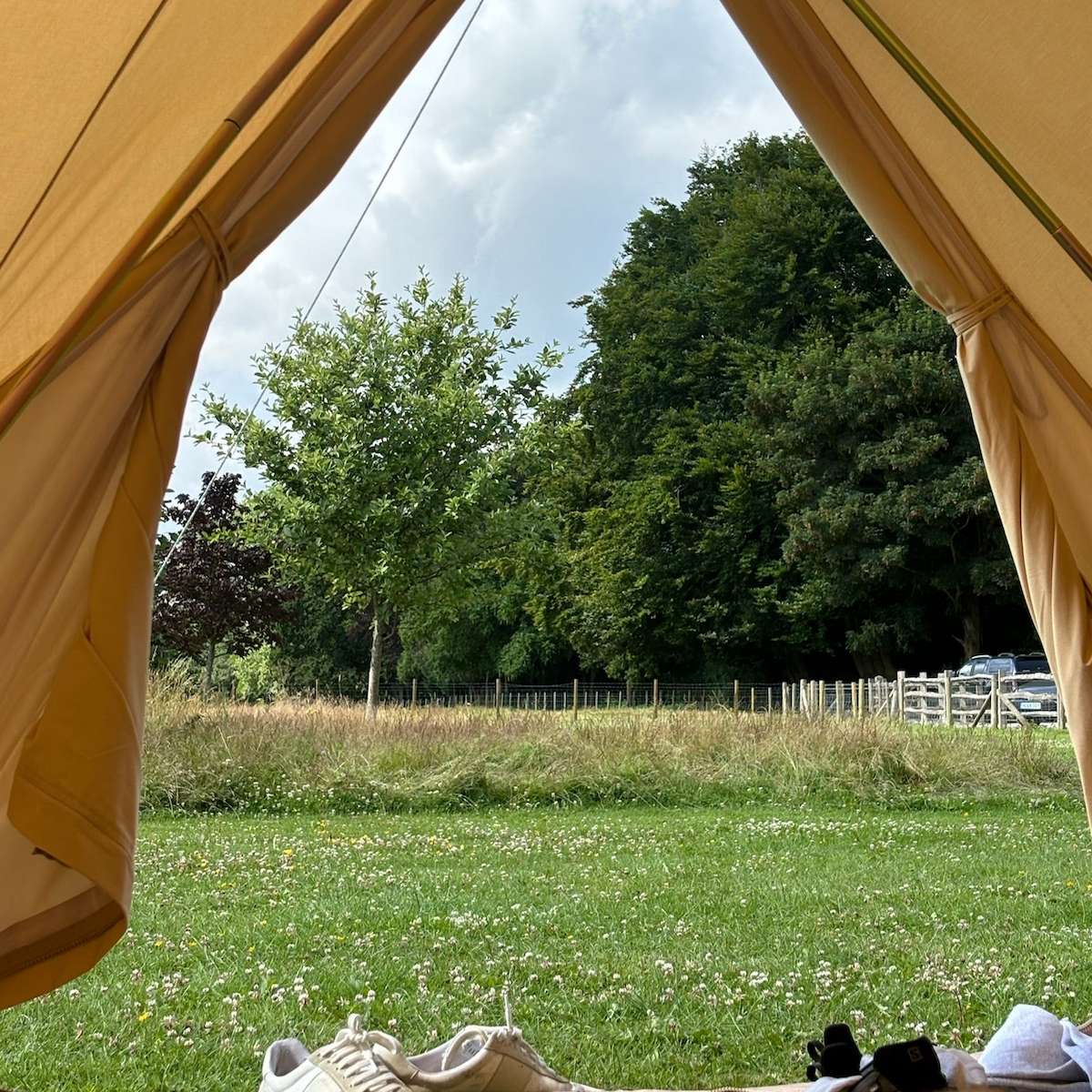
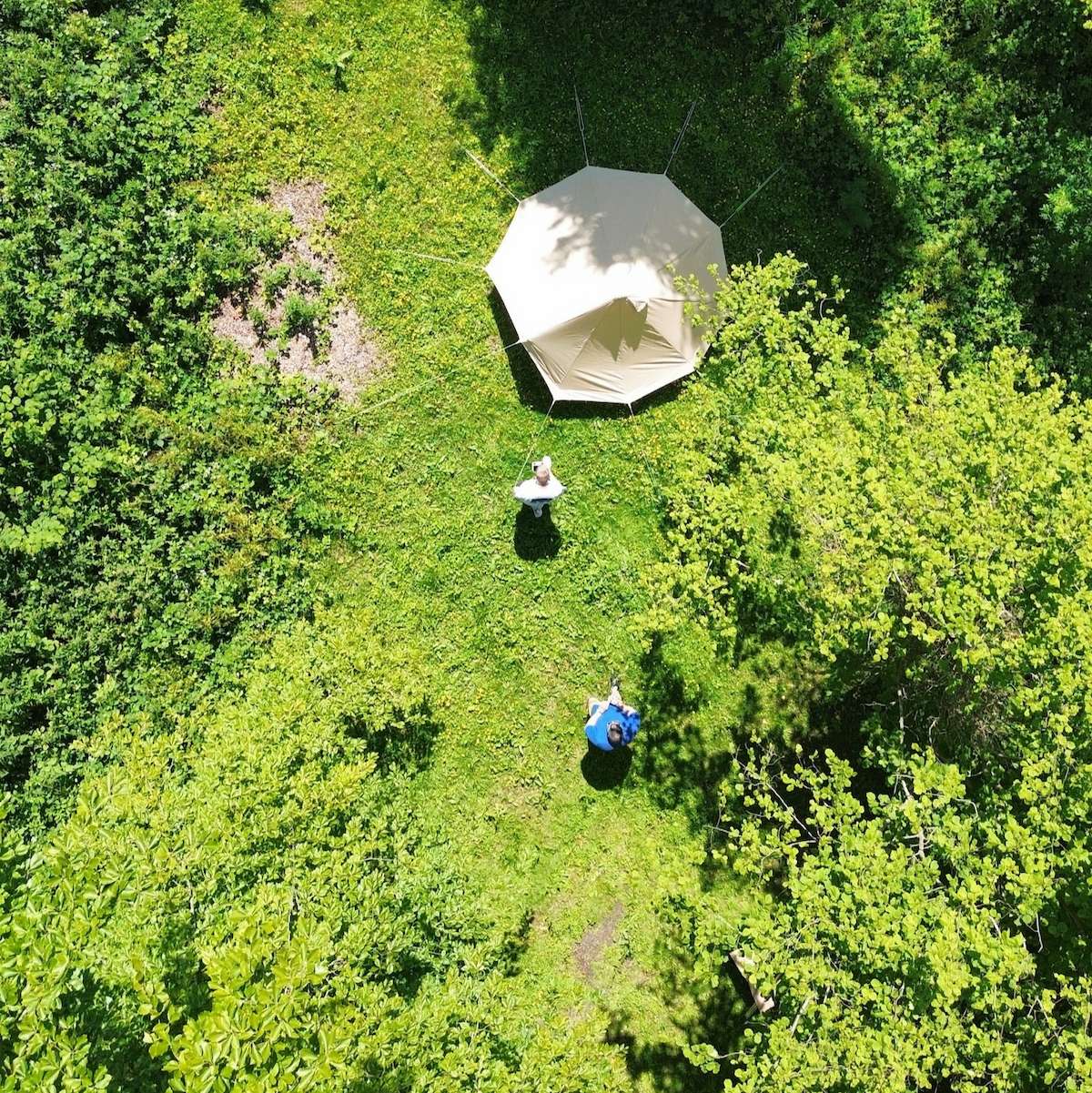
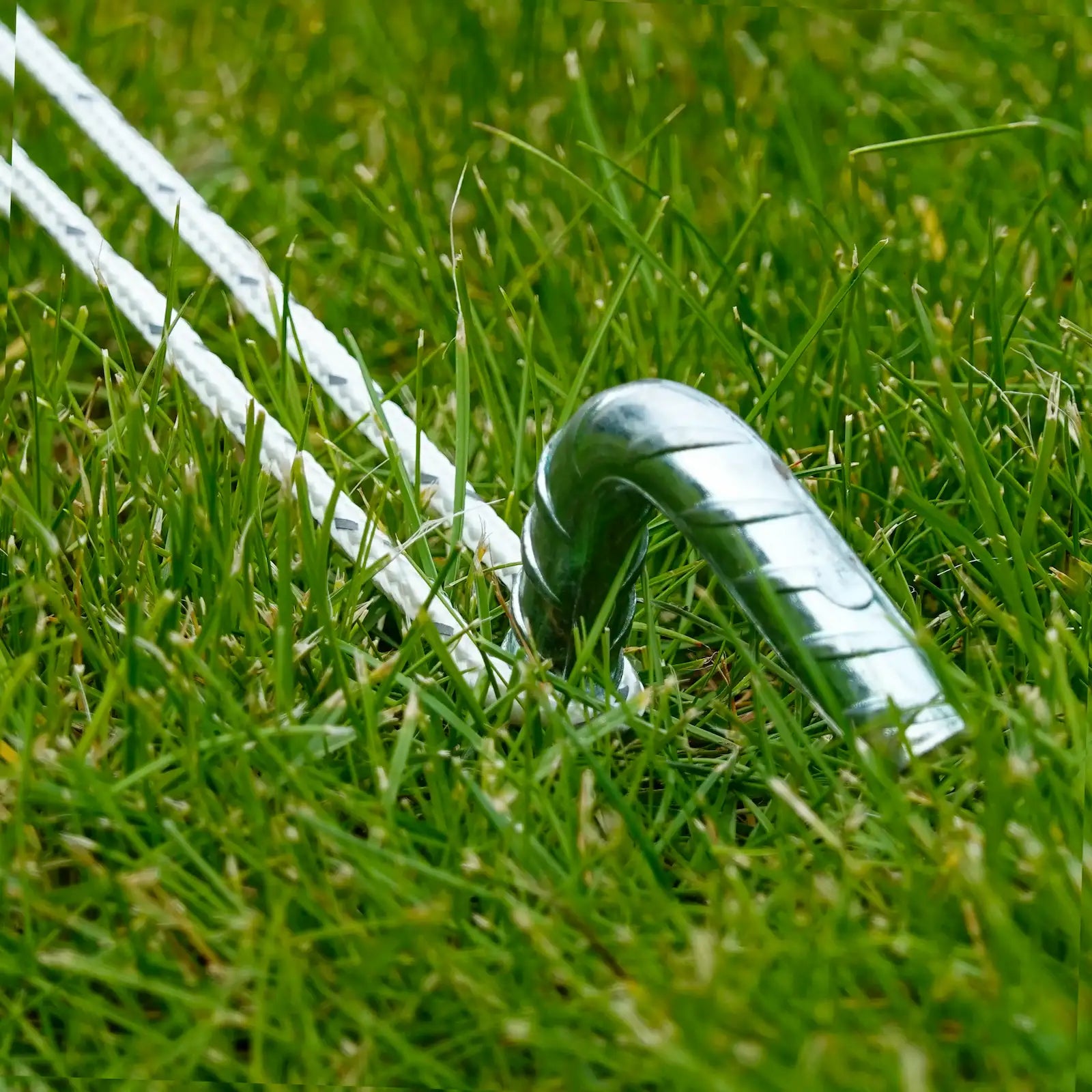
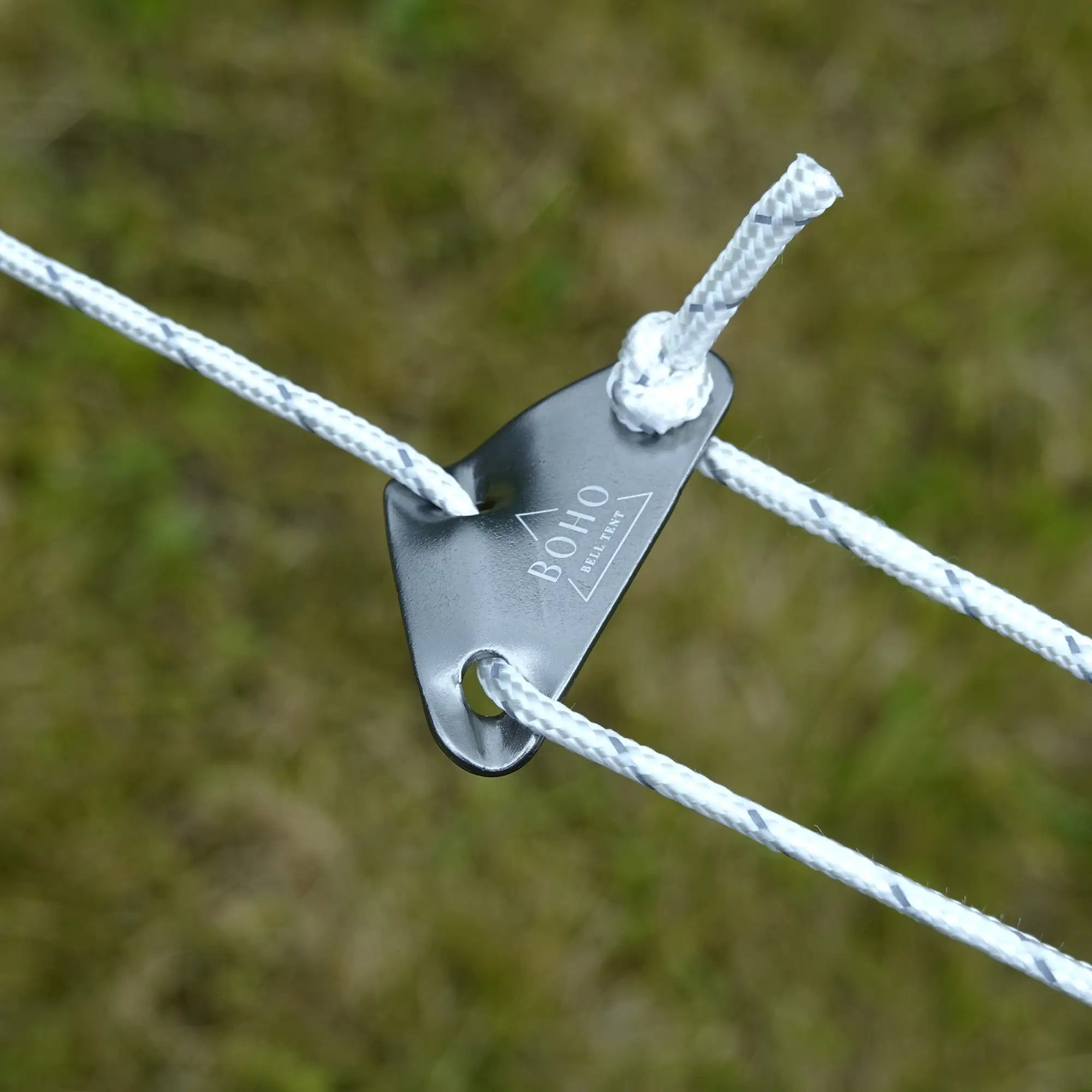
At Boho Bell Tent, we’ve helped hundreds of customers find the perfect setup for festivals, weddings, and off-grid escapes. So if you need any help at all, be sure to reach out!
Share:
Can You Use Bell Tents in Winter?
Are Yurts Warmer Than Standard Tents?